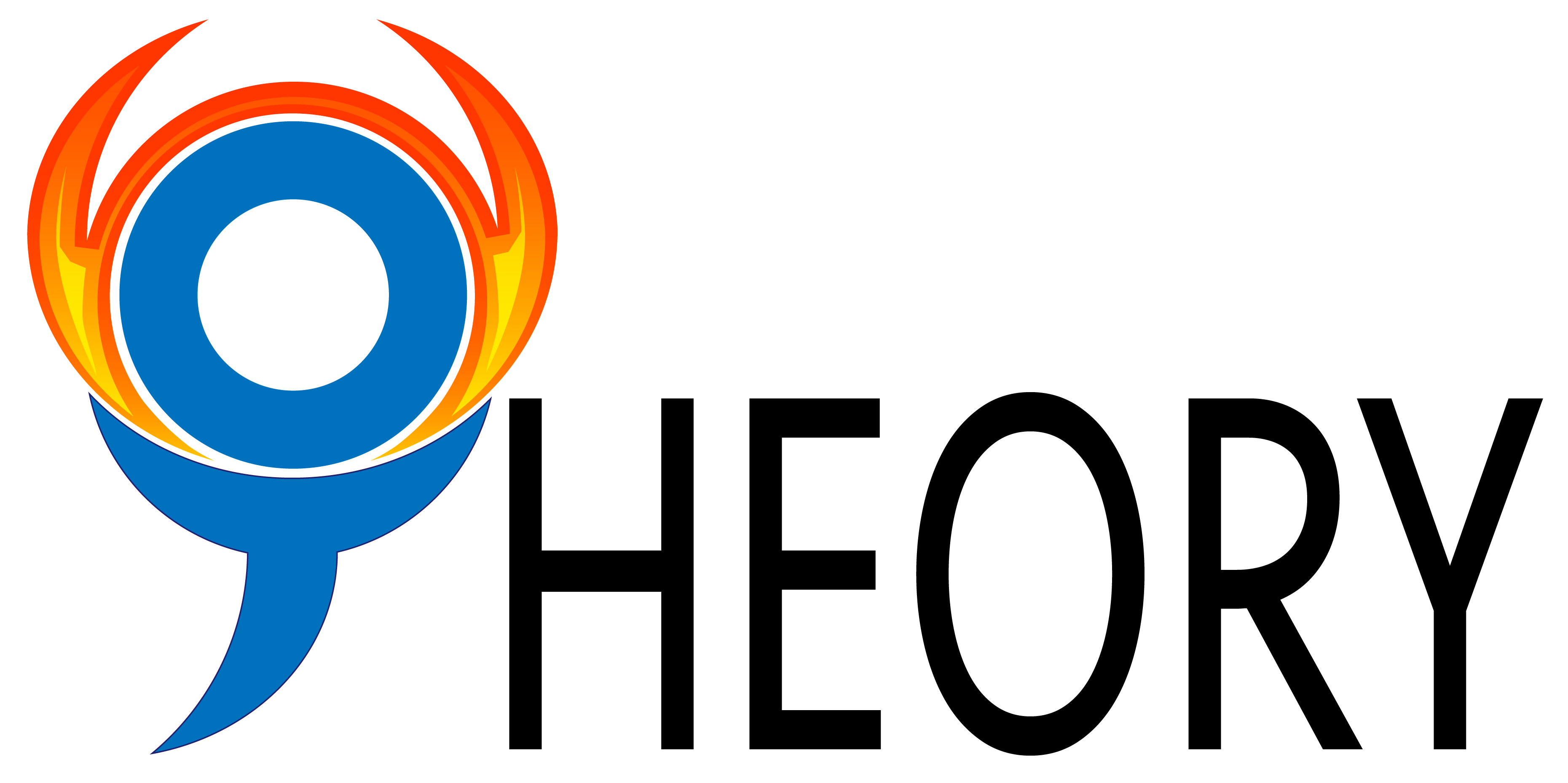The four-stage model for prevention program aims to structure prevention program for workers with musculoskeletal disorders, and to facilitate the workers in learning correct movement patterns, based on principles of model learning and ergonomics. This model consists of four stages. The first stage “ground setting”. This consists of assessment of the setting, the worker and the task. This requires on-site task analyses, examination of the work environment and relevant assessments of the worker. It is essential for building a suitable prevention program to the worker, the type of tasks, and workstation. At this stage, the therapist summarizes the work setting (e.g., noisy, hot, humid, quiet, cool), personal information (e.g., age), and potential group of workers (e.g., skillfulness). The second stage “basic intervention”. This includes group practice to acquire basic safety rules and correct mechanism based on motor learning. According to the evaluation completed at the first stage, the workers could acquire work tasks, mutual basic safety rules and correct body mechanism. The principles of motor learning and ergonomic are applied to ensure that the workers are able to retain and transfer the tasks to the setting and to prevent injury. To achieve this, rest breaks are recommended to ensure adequate rest. This stage is ideally to occur before the workers start to work in order to prevent development of bad habits, but in reality, it could occur whenever group practice is available. Thus, occupational therapist often needs to hold individual sessions with new workers before moving to the next stage. The third stage “progressive intervention”. This includes ongoing individualized programs to upgrade specific motor skills for specific workstation. This stage is designed according to the results of evaluation at the first stage and the worker’s performance at the second stage. For new workers, this stage acts as a primary prevention program and for other workers as a secondary prevention program. The fourth stage “follow-up”. It is the individual assessment that assesses if there is a need to go back to the second stage. Worker’s retention and transfer performance as well as a proficiency perspective to analyze motor skills are used to evaluate the efficacy of the prevention program. This includes analyzing the features that differentiate high-skilled and lower-skilled workers, examining the degree of goal achievement by the worker, the energy expended in task performance as well as a timed indicator of task completion, general wellbeing of worker, worker satisfaction, and specific complaints on musculoskeletal disorders.
Summarized by
- Macey Cho
Type
- Model (practice)
Population
- Adult
Disability
- Musculoskeletal disorders
Domain of occupation
- Work
Application Note
The model assists occupational therapists to design effective programs at work in preventing musculoskeletal disorders.
Key Reference
Jarus, T., & Ratzon, N. Z. (2005). The implementation of motor learning principles in designing prevention programs at work. Work, 24(2), 171-182.
Year Published
- 2005
Primary Developer
- Tal Jarus
Primary Developer Email
- tyaros@post.tau.ac.il
